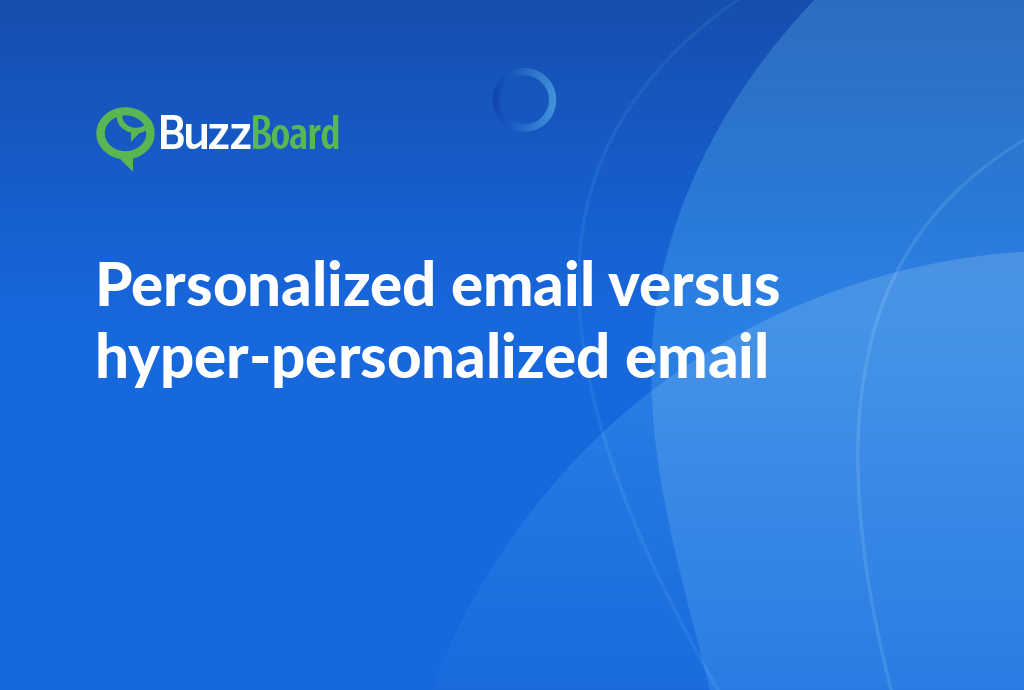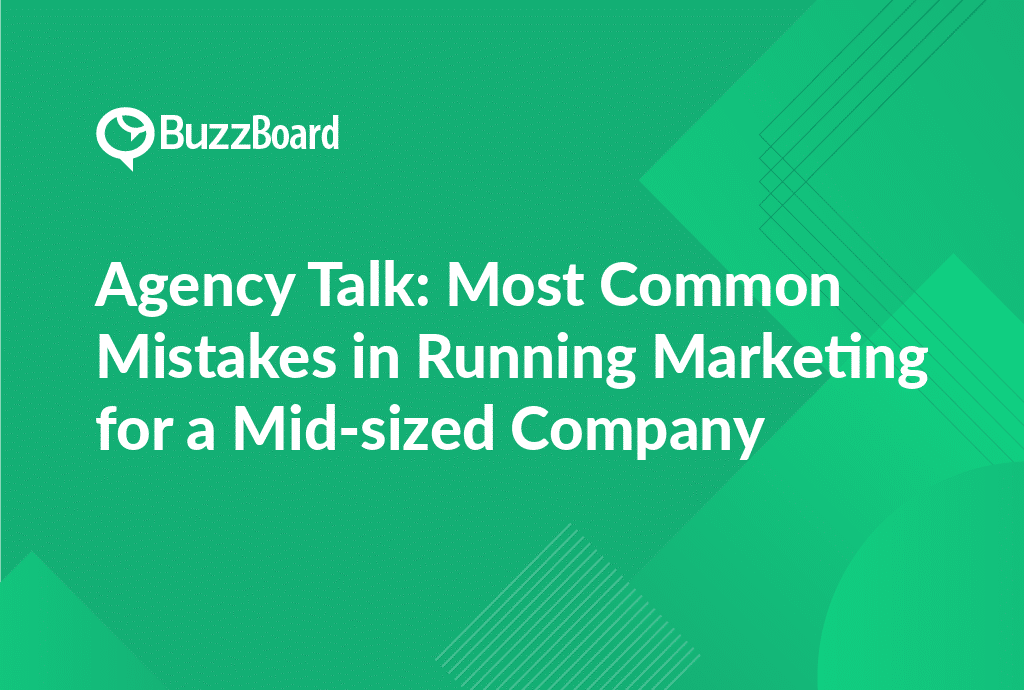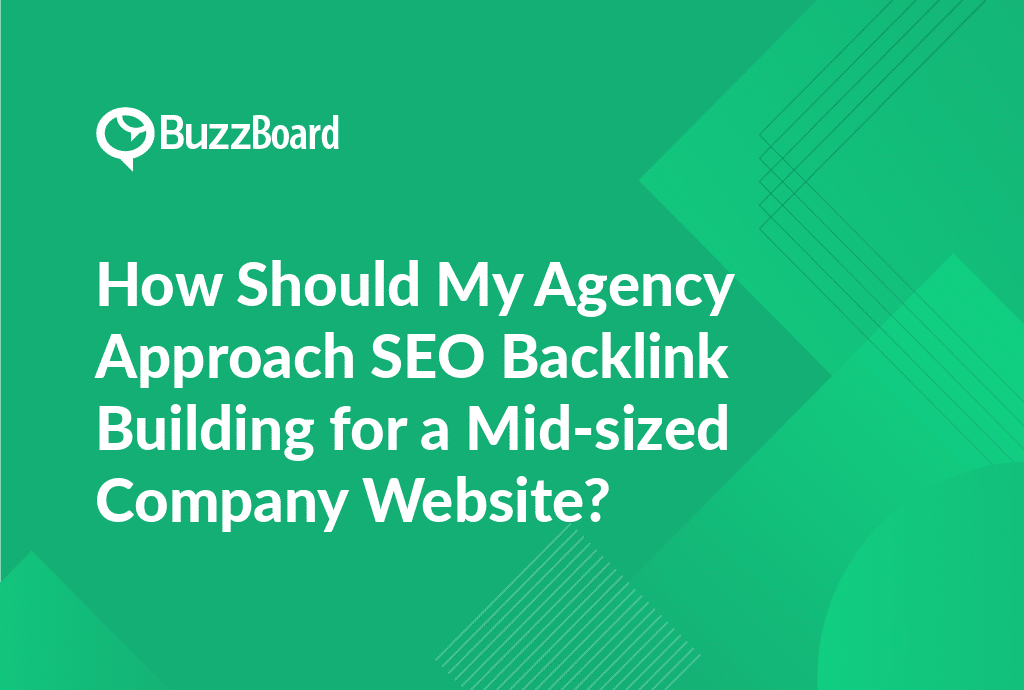The Importance of Setting Small Business Marketing Goals and Objectives
Understanding the importance of setting marketing goals and objectives for small businesses is a critical step toward success. These goals and objectives not only illustrate your desired outcomes but also act as a blueprint for your marketing strategies and tactics.
Primarily, increasing brand awareness is often a central goal for small businesses. Enhancing your brand’s visibility in the marketplace informs potential customers about your services, builds credibility, and nurtures customer loyalty.
Setting marketing goals and objectives is a crucial step towards achieving operational effectiveness and success. One of the most significant objectives for small businesses is generating high-quality leads. Quality leads are potential customers who have expressed genuine interest in your product or service and are likely to make a purchase. By applying effective lead-generation strategies, such as content marketing, social media advertising, and email marketing, businesses can significantly bolster their bottom line and drive revenue growth.
Another essential objective is growing website traffic. A well-optimized website can enhance search visibility, amplify customer engagement, and aid in sales conversion optimization. This can be achieved through various means, including search engine optimization (SEO), pay-per-click (PPC) advertising, and social media marketing. By increasing website traffic, businesses can increase their online presence, attract more customers, and ultimately drive sales.
Optimizing sales conversion is another crucial goal for small businesses. By closely monitoring and managing the customer journey, businesses can provoke consumer interest, translating to increased conversion rates and profitability. This can be achieved through various means, including personalization, segmentation, and A/B testing. By understanding the customer’s needs and preferences, businesses can tailor their marketing efforts to meet those needs, resulting in higher conversion rates and increased revenue.
In addition to these objectives, small businesses should also prioritize building brand awareness and establishing a strong online presence. This can be achieved through various means, including social media marketing, content marketing, and influencer partnerships. By building a strong brand, businesses can increase their credibility, trust, and loyalty among customers, ultimately driving long-term growth and success.
It’s essential to remember that setting marketing goals and objectives is not a one-time task. Rather, it’s an ongoing process that requires regular evaluation, adjustment, and realignment to ensure that these goals continue to serve the business’s needs effectively. By regularly reviewing and refining their marketing goals and objectives, small businesses can stay ahead of the competition, adapt to changing market conditions, and achieve long-term success.
Setting marketing goals and objectives is a critical step towards achieving operational effectiveness and success for small businesses. By prioritizing lead generation, growing website traffic, optimizing sales conversion, building brand awareness, and establishing a strong online presence, businesses can drive revenue growth, increase customer engagement, and achieve long-term success.
How Achieving Increased Brand Awareness Can Be a Vital Goal for Small Businesses
Small businesses face an increasingly competitive environment, where standing out and increasing visibility are paramount. Enhancing brand awareness is a primary marketing objective for these businesses, as it not only differentiates them from competitors but also fosters a long-term relationship with their audience. By building a strong brand identity, businesses can establish trust, credibility, and loyalty with their customers, ultimately driving growth and success.
Heightened brand awareness has numerous benefits, including increased website traffic and lead generation. As more people become familiar with a brand, they are more likely to visit the website, explore products or services, and engage with the business. This, in turn, creates potential leads and opportunities for conversion. Moreover, expanded brand awareness can lead to improved sales conversion rates, as customers become more comfortable with the brand and more likely to make a purchase when needed.
However, achieving these marketing goals is not a one-time event, but rather a continuous process that requires strategic planning, consistent messaging, and a commitment to excellence. Leveraging digital marketing and employing professional tools designed to enhance brand awareness and lead generation is crucial for success. This includes developing a comprehensive marketing strategy that incorporates a range of tactics, such as social media marketing, content marketing, email marketing, and search engine optimization (SEO).
It’s essential to remember that the quest for brand awareness is not a sprint, but a marathon. Building a strong brand takes time, effort, and perseverance. It’s a process that requires patience, persistence, and a willingness to adapt and evolve in response to changing market conditions and consumer behaviors. While it’s natural to want to see immediate results, it’s important to focus on the long-term benefits of brand awareness and to celebrate small victories along the way.
In addition, brand awareness is an ongoing process that doesn’t culminate once targets are achieved. It’s a continuous cycle of building, maintaining, and refining a brand’s identity and reputation. This means that businesses must remain committed to their marketing efforts, continually assessing and adjusting their strategies to stay ahead of the competition and meet the evolving needs of their audience.
Enhancing brand awareness is a critical marketing objective for small businesses, offering numerous benefits, including increased website traffic, lead generation, and sales conversion optimization. While it’s a challenging and ongoing process, the rewards are well worth the effort. By developing a comprehensive marketing strategy, leveraging digital marketing tools, and remaining committed to excellence, businesses can build a strong brand identity that drives growth, success, and long-term sustainability.
The Role of Lead Generation in Achieving Small Business Marketing Objectives
Lead generation is a vital component of a small business’s marketing strategy, playing a crucial role in achieving its goals and objectives. It serves as the foundation for increasing brand awareness and driving website traffic, both of which are essential elements of a comprehensive online marketing plan.
Brand awareness is more than just a buzzword; it is a critical factor that influences consumers’ decisions when choosing between your business and its competitors. Effective lead generation can amplify your brand’s visibility, particularly when combined with digital marketing strategies such as search engine optimization (SEO) or pay-per-click advertising. This synergy can fuel website traffic growth, a key performance indicator (KPI) for any digital marketing agency. As website traffic increases, so does the likelihood of generating more leads, creating a ripple effect of benefits for your business.
However, simply having boosted brand awareness and website traffic is not enough to guarantee success. These metrics must be complemented by sales conversion optimization – the process of identifying and eliminating limitations that hinder prospective customers from taking the desired actions. Lead generation lays the groundwork for this by providing a continuous stream of potential customers who are ready to be guided toward conversion.
In today’s digital age, it is easy to overlook the importance of personal relationships in driving small business success. However, lead generation can help bridge the gap between businesses and their customers, fostering meaningful connections that can lead to long-term loyalty and advocacy.
The strength of your lead generation efforts has a direct impact on your marketing results. It is essential, therefore, to regularly assess and refine your strategy to ensure that it is aligned with your business goals. This involves monitoring key metrics such as lead quality, conversion rates, and customer acquisition costs to identify areas for improvement.
Moreover, lead generation is not a one-time task; it is an ongoing process that requires continuous effort and optimization. This means staying up-to-date with the latest industry trends, best practices, and technologies to ensure that your lead generation strategy remains effective and efficient.
In short, lead generation is a critical component of a small business’s marketing strategy, playing a vital role in achieving its goals and objectives. By amplifying brand awareness, driving website traffic, and fostering personal relationships, lead generation can help small businesses attract, engage, and convert leads, ultimately driving business growth and success.
The Significance of Website Traffic Growth in the Marketing Strategy of Small Businesses
Increased website traffic can have a profound impact on a small business’s marketing efforts, particularly in terms of brand awareness and lead generation. The more visitors a website receives, the more exposure the brand gets, thereby enhancing visibility and recognition. This increased visibility can lead to a significant boost in brand awareness, as potential customers become more familiar with the brand and its offerings.
Moreover, higher website traffic directly affects lead generation, another crucial small business marketing goal. A larger pool of potential leads means a greater possibility of sales conversions, as more visitors are exposed to the brand’s products or services. This, in turn, can lead to increased revenue and growth for the business.
Sales conversion optimization is also heavily reliant on website traffic growth. A consistent stream of traffic ensures a steady influx of potential customers, providing a constant flow of opportunities for conversion. By leveraging tools such as web analytics, businesses can monitor and understand consumer behavior, gaining valuable insights that can be used to create effective conversion strategies.
However, it’s important to note that simply having a high volume of traffic is not enough. The focus should be on drawing quality traffic – visitors who show genuine interest in the brand’s offerings and are more likely to convert into leads and customers. This can be achieved through a combination of SEO, content marketing, and social media strategies.
SEO, for example, can help drive targeted traffic to a website by optimizing it for specific keywords and phrases. This ensures that the website appears at the top of search engine results pages (SERPs) for relevant searches, increasing the chances of attracting high-quality traffic.
Content marketing, on the other hand, involves creating and sharing valuable, relevant, and consistent content to attract and retain a clearly defined audience. This can include blog posts, videos, podcasts, and social media updates, among other forms of content. By creating high-quality content that resonates with the target audience, businesses can attract and engage with potential customers, increasing the likelihood of conversion.
Social media marketing is another important strategy for driving quality traffic. By leveraging social media platforms, businesses can reach a wider audience, build brand awareness, and drive traffic to their website. This can be achieved through targeted advertising, social media contests, and influencer partnerships, among other strategies.
Ultimately, the key to driving quality traffic and optimizing conversions is to focus on creating a comprehensive marketing strategy that incorporates multiple channels and tactics. By combining SEO, content marketing, and social media marketing, businesses can attract a large and engaged audience, increasing the chances of conversion and driving growth and revenue.
How Small Businesses Can Leverage Sales Conversion Optimization to Meet Their Marketing Goals
Small businesses face a unique set of challenges when it comes to achieving their marketing goals and objectives. With limited budgets and often intense competition, even a slight increase in sales can have a significant impact on brand awareness and business growth. This is where the power of sales conversion optimization comes in, offering a strategic approach to maximize the effectiveness of marketing efforts and drive business results.
Sales conversion optimization is a data-driven strategy that focuses on increasing the percentage of website visitors who complete a desired action, such as signing up for a newsletter, making a purchase, or filling out a contact form. By optimizing the sales funnel, small businesses can enhance website traffic growth, conversion rates, and ultimately, revenue. This approach is particularly crucial for small businesses, which often have limited resources and must make the most of their marketing budget.
To deploy a successful sales conversion optimization strategy, small businesses must scrutinize every aspect of their sales funnel, from the design of the landing page to the checkout process. This involves identifying potential conversion obstacles, such as slow loading times, confusing navigation, or unclear calls-to-action, and addressing them to create a seamless customer journey.
A/B testing is a powerful tool in the sales conversion optimization arsenal, allowing businesses to compare two webpage versions and determine which one performs better. By testing different elements, such as headlines, images, and forms, businesses can identify what drives the most conversions and make data-driven decisions to optimize their website.
By simplifying the customer’s journey and streamlining the sales process, small businesses can boost conversions, increase return on investment (ROI), and fulfill their marketing objectives more efficiently. This, in turn, can lead to increased brand recognition, market position, and ultimately, business growth.
For small businesses looking to optimize their sales conversions, employing an A/B testing strategy is an excellent first step. By testing and iterating on different elements, businesses can drive outcomes and achieve their marketing goals. However, it’s essential to remember that sales conversion optimization is not a one-time task, but rather an ongoing process that requires continuous monitoring, testing, and iteration.
To achieve success, small businesses must be willing to invest time and resources into sales conversion optimization. This may involve experimenting with different tactics, analyzing data, and making adjustments to the sales funnel. While it may seem daunting, the rewards are well worth the effort. By optimizing sales conversions, small businesses can drive business growth, increase revenue, and establish a strong market presence.
In conclusion, sales conversion optimization is a powerful strategy that can help small businesses achieve their marketing goals and objectives. By focusing on optimizing the sales funnel, testing different elements, and simplifying the customer’s journey, small businesses can drive conversions, increase ROI, and fulfill their marketing objectives more efficiently. With the right approach and mindset, small businesses can achieve significant returns on their investment and drive business growth.









